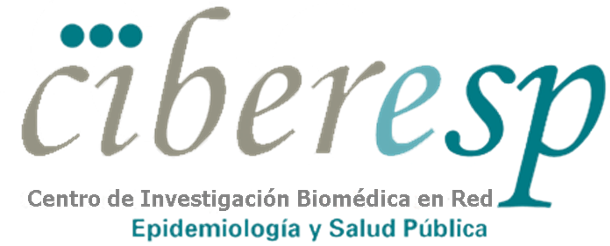Impact of Comorbidities on Time from Diagnosis to Surgery Treatment among CRC patients in Spain: TiMSurg study
Cite as:
Multimorbidity by Patient and Tumor Factors and Time-to-Surgery Among Colorectal Cancer Patients in Spain: A Population-Based Study
Miguel Angel Luque-Fernandez, Daniel Redondo-Sanchez, Shing Fung Lee, Miguel Rodríguez-Barranco, Mª Carmen Carmona-García, Rafael Marcos-Gragera, María José Sánchez
Clinical Epidemiology
DOI: 10.2147/CLEP.S229935
Multimorbidity by Patient and Tumor Factors and Time-to-Surgery Among Colorectal Cancer Patients in Spain: A Population-Based Study
Miguel Angel Luque-Fernandez, Daniel Redondo-Sanchez, Shing Fung Lee, Miguel Rodríguez-Barranco, Mª Carmen Carmona-García, Rafael Marcos-Gragera, María José Sánchez
Clinical Epidemiology
DOI: 10.2147/CLEP.S229935
E-mail us
with your comments:
miguel.luque.easp at juntadeandalucia.es
miguel.luque.easp at juntadeandalucia.es
Background:
Cancer accounted for 8.8 million deaths globally in 2015 and was the second most common cause of death in the world.[1] Colorectal (CRC) cancer is the
second most frequently diagnosed cancer in Spain for both men and women with over 41,441 new cases in 2015.[2] Despite the high prevalence
of colorectal cancer in the elderly population, the inclusion of this cohort in clinical trials is disproportionately low. Besides clinical
and pathological characteristics of the tumour, also general health status and comorbidities can influence cancer treatment and outcomes.
Comorbidity and multimorbidity are increasingly seen as a problem of the elderly.[3, 4] A number of studies have been performed analysing the
influence of age and comorbidity on cancer outcomes, but little evidence is available regarding the impact of comorbidities and multimorbidity
on the time from cancer diagnosis to surgical treatment at a population level among colorectal cancer patients in Spain.
2. Galceran, J., et al., Cancer incidence in Spain, 2015. Clin Transl Oncol, 2017. 19(7): p. 799-825.
3. Macleod, U. and E. Mitchell, Comorbidity in general practice. Practitioner, 2005. 249(1669): p. 282-4.
4. Macleod, U., et al., Comorbidity and socioeconomic deprivation: an observational study of the prevalence of comorbidity in general practice. Eur J Gen Pract, 2004. 10(1): p. 24-6.
5. Porta, M.S., et al., A dictionary of epidemiology. Sixth edition / ed. 2014, Oxford: Oxford University Press. xxxii, 343 pages.
6. Lujic, S., et al., Multimorbidity in Australia: Comparing estimates derived using administrative data sources and survey data. PLoS One, 2017. 12(8): p. e0183817.
Methods:
We developed a population-based high-resolution cohort study, including all CRC incident cases diagnosed in 2011 (n= 1,061). Data were drawn from two population cancer registries and patients' medical records in Spain. We defined comorbidity as the existence of a long-term health condition or disorder in the presence of cancer, whereas multimorbidity refers to the existence of two or more comorbid conditions [5, 6]. We described the median time from cancer diagnosis to surgical treatment by categories of patient's age and cancer stage. Then, we used a nonparametric robust regression to study the impact of comorbidities on time from diagnosis to surgical treatment among patients without comorbidities, one comorbidity and multimorbidity by levels of patient's age, and cancer stage.Results:
The most common comorbidities were diabetes (23.6%), chronic obstructive pulmonary disease (17.2%) and congestive heart failure (14.5%). Dementia was the most common comorbidity among older patients (75+ years) showing a higher proportion (30%) of late cancer diagnosis (stage IV). Time-to-surgery centiles 5th, 25th, 50th, 75th and 95th were: 0, 5, 35 (median), 80 and 177 days, respectively. The observed mean and standard deviation (SD) for the time-to-surgery was 55 days with 95%CI: 52, 61 days, and SD: 66 days, respectively. The median and interquartile range (IQR) time-to-surgery by comorbidity status were: 30 (IQR: 89) days for non-comorbidities, 31 (IQR: 65) days for one comorbidity and 46 (IQR: 69) days for multimorbidity). Even if the time-to-surgery for patients with one comorbidity was 5.2 days (95%CI: -1.3, 11.6) longer than the time from patients without comorbidities, there was no statistical evidence supporting this difference. However, for patients with multimorbidity there was a clear statistical evidence supporting a longer waiting time-to-surgery than patients without comorbidities (i.e., a waiting time of 16.7 days; 95%CI: 3.2, 29.4).Conclusions:
Results from our study allow identifying patterns in the frequency and distribution of comorbidities among CRC patients and their impact on time from diagnosis to surgical treatment. Thus, this web application is meant to serve as a scientific tool supporting evidence based policymaking to improve comorbid CRC patients' outcomes.References:
1. World Health Organization. 2017. Cancer [Online]. Available: http://www.who.int/cancer/en/ [Accessed 30 October 2017].2. Galceran, J., et al., Cancer incidence in Spain, 2015. Clin Transl Oncol, 2017. 19(7): p. 799-825.
3. Macleod, U. and E. Mitchell, Comorbidity in general practice. Practitioner, 2005. 249(1669): p. 282-4.
4. Macleod, U., et al., Comorbidity and socioeconomic deprivation: an observational study of the prevalence of comorbidity in general practice. Eur J Gen Pract, 2004. 10(1): p. 24-6.
5. Porta, M.S., et al., A dictionary of epidemiology. Sixth edition / ed. 2014, Oxford: Oxford University Press. xxxii, 343 pages.
6. Lujic, S., et al., Multimorbidity in Australia: Comparing estimates derived using administrative data sources and survey data. PLoS One, 2017. 12(8): p. e0183817.

Multimorbidity by Patient and Tumor Factors and Time-to-Surgery Among Colorectal Cancer Patients in Spain: A Population-Based Study
Miguel Angel Luque-Fernandez, Daniel Redondo-Sanchez, Shing Fung Lee, Miguel Rodríguez-Barranco, Mª Carmen Carmona-García, Rafael Marcos-Gragera, María José Sánchez
Clinical Epidemiology
DOI: 10.2147/CLEP.S229935
Comorbidities and time from cancer diagnosis to surgical treatment
Stage I: Median of days (IQR)
Stage II: Median of days (IQR)
Stage III: Median of days (IQR)
Stage IV: Median of days (IQR)
Stage I: Median of days
Stage II: Median of days
Stage III: Median of days
Stage IV: Median of days
Cite as:
Multimorbidity by Patient and Tumor Factors and Time-to-Surgery Among Colorectal Cancer Patients in Spain: A Population-Based Study
Miguel Angel Luque-Fernandez, Daniel Redondo-Sanchez, Shing Fung Lee, Miguel Rodríguez-Barranco, Mª Carmen Carmona-García, Rafael Marcos-Gragera, María José Sánchez
Clinical Epidemiology
DOI: 10.2147/CLEP.S229935
Multimorbidity by Patient and Tumor Factors and Time-to-Surgery Among Colorectal Cancer Patients in Spain: A Population-Based Study
Miguel Angel Luque-Fernandez, Daniel Redondo-Sanchez, Shing Fung Lee, Miguel Rodríguez-Barranco, Mª Carmen Carmona-García, Rafael Marcos-Gragera, María José Sánchez
Clinical Epidemiology
DOI: 10.2147/CLEP.S229935
Authorship
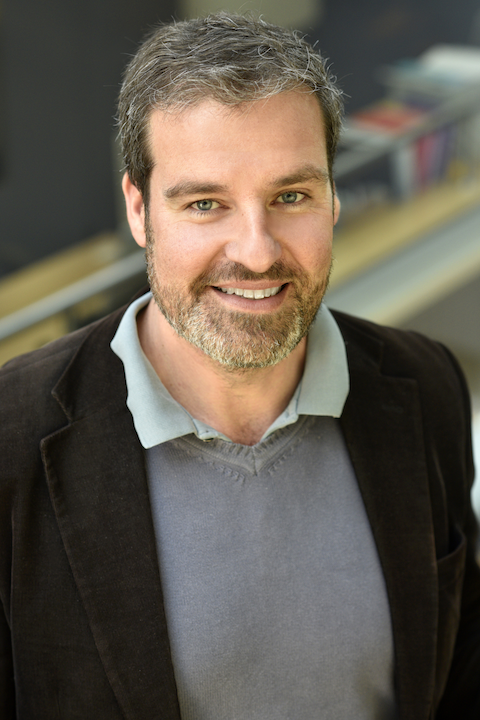
Miguel Angel Luque-Fernandez
ORCID: https://orcid.org/0000-0001-6683-5164
Biomedical Research Institute of Granada
Non‐Communicable and Cancer Epidemiology Group (ibs.Granada)
University of Granada.
Granada Cancer Registry, Andalusian School of Public Health
London School of Hygiene & Tropical Medicine
Biomedical Network Research Centers of Epidemiology and Public Health (CIBERESP), ISCIII, Madrid, Spain
TH Chan Harvard School of Public Health
Universite Libre de Bruxelles, School of Public Health
miguel.luque.easp at juntadeandalucia.es

Daniel Redondo Sánchez
ORCID: https://orcid.org/0000-0001-9986-915X
Biomedical Research Institute of Granada
Non‐Communicable and Cancer Epidemiology Group (ibs.Granada)
University of Granada.
Biomedical Network Research Centers of Epidemiology and Public Health (CIBERESP), ISCIII, Madrid, Spain
Granada Cancer Registry, Andalusian School of Public Health
daniel.redondo.easp at juntadeandalucia.es
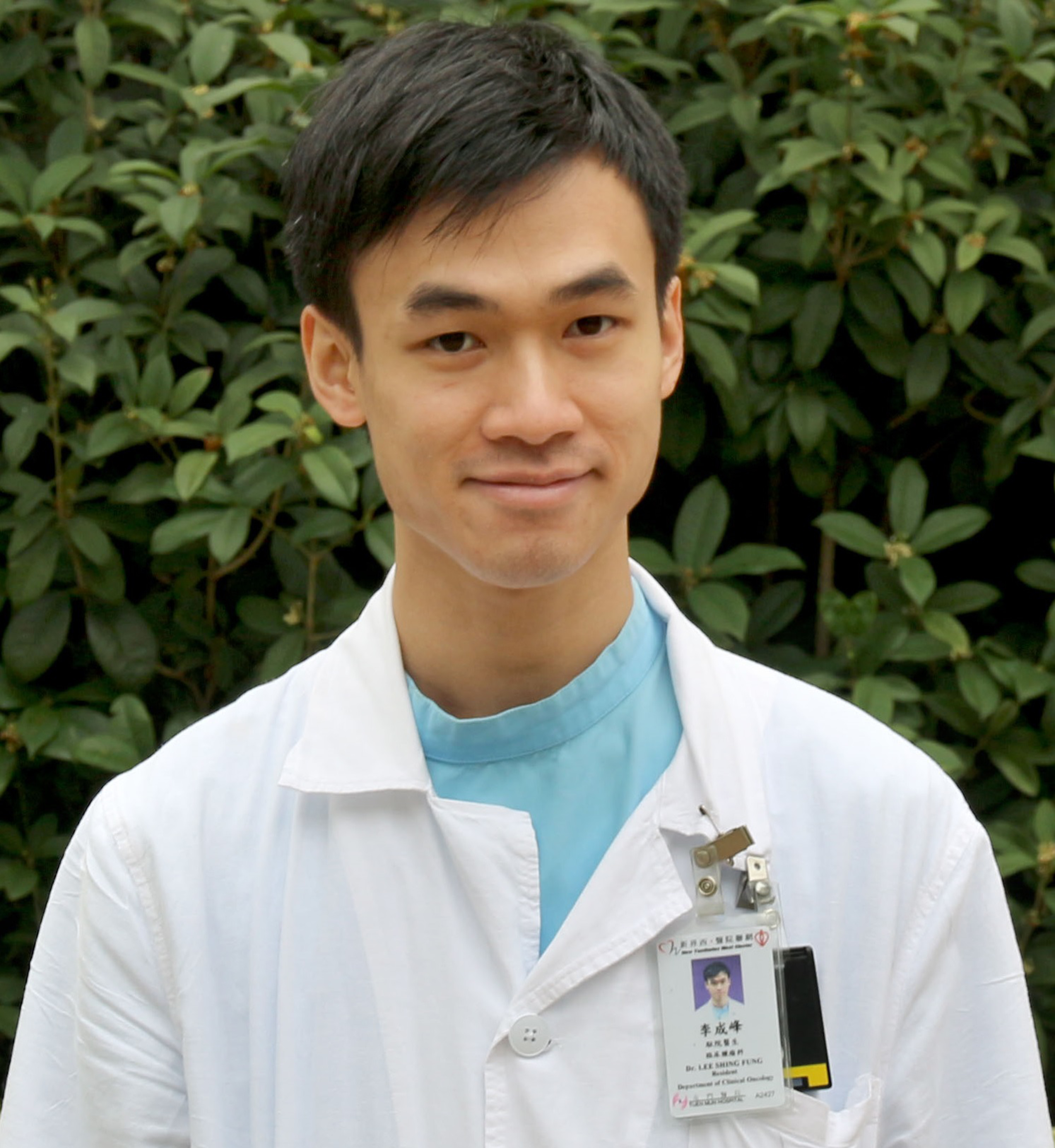
Shing Fung Lee
Department of Clinical Oncology, Tuen Mun Hospital, New Territories West Cluster, Hospital Authority, Hong Kong
leesfm at ha.org.hk
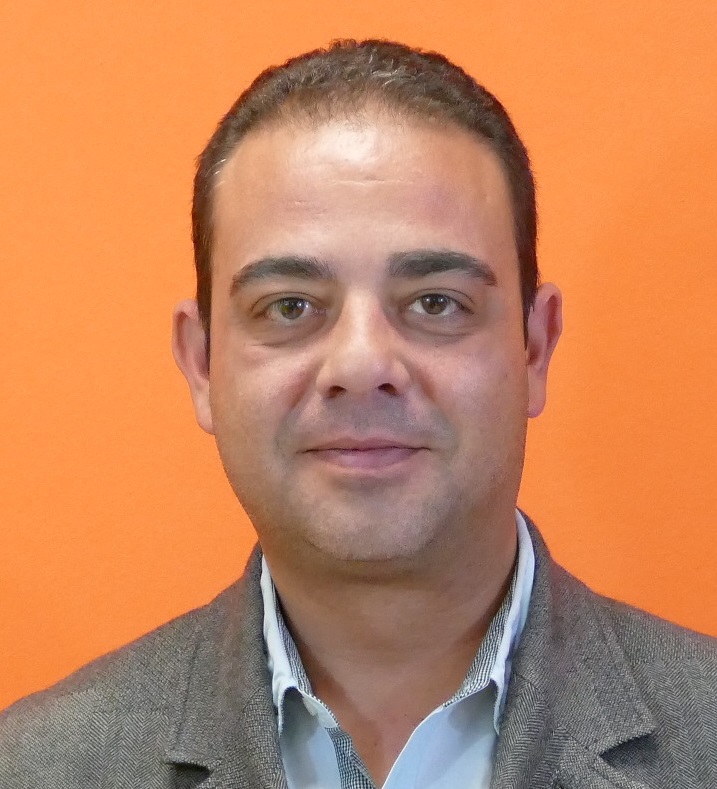
Miguel Rodríguez Barranco
ORCID: https://orcid.org/0000-0002-9972-9779
Biomedical Research Institute of Granada
Non‐Communicable and Cancer Epidemiology Group (ibs.Granada)
University of Granada.
Granada Cancer Registry, Andalusian School of Public Health
Biomedical Network Research Centers of Epidemiology and Public Health (CIBERESP), ISCIII, Madrid, Spain
miguel.rodriguez.barranco.easp at juntadeandalucia.es

Mª Carmen Carmona-García
ORCID: https://orcid.org/0000-0002-4011-9474
Catalan Institute of Oncology
University Hospital Dr Josep Trueta of Girona
Descriptive Epidemiology, Genetics and Cancer Prevention of the Biomedical Research Institute of Girona
University of Girona
ccarmona at iconcologia.net & ccarmonag.girona.ics at gencat.cat

Rafael Marcos Gragera
ORCID: https://orcid.org/0000-0001-9824-3657
Catalan Institute of Oncology
Descriptive Epidemiology, Genetics and Cancer Prevention of the Biomedical Research Institute of Girona
University of Girona
rmarcos at iconcologia.net
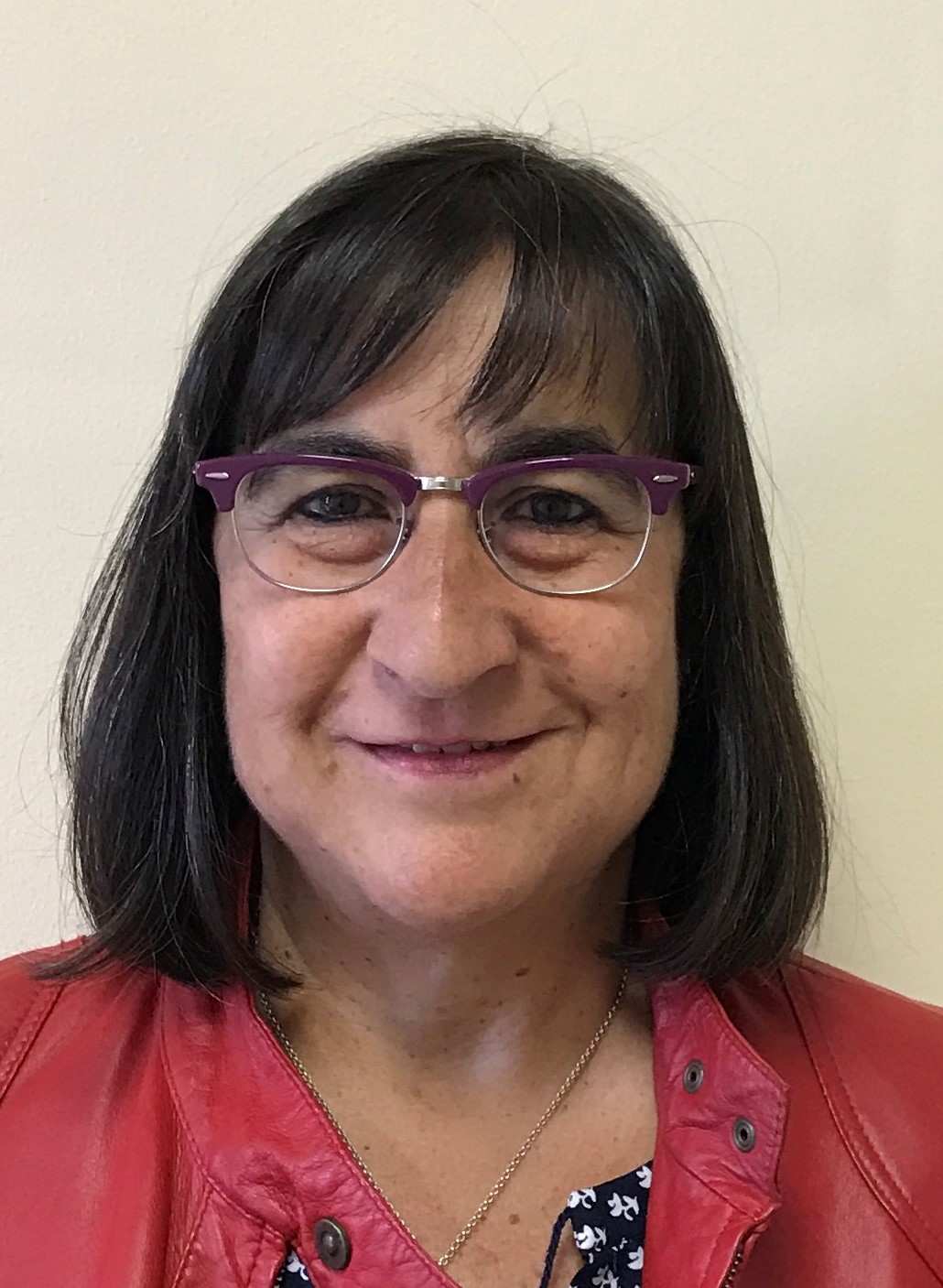
María José Sánchez Pérez
ORCID: https://orcid.org/0000-0003-4817-0757
Biomedical Research Institute of Granada
Non‐Communicable and Cancer Epidemiology Group (ibs.Granada)
University of Granada.
Granada Cancer Registry, Andalusian School of Public Health
Biomedical Network Research Centers of Epidemiology and Public Health (CIBERESP), ISCIII, Madrid, Spain
mariajose.sanchez.easp at juntadeandalucia.es
Acknowledgment
Funding informationCarlos III Institute of Health, Grant/Award Number: CP17/00206 and the Andalusian Department of Health, Grant Number: PI-0152/2017.


